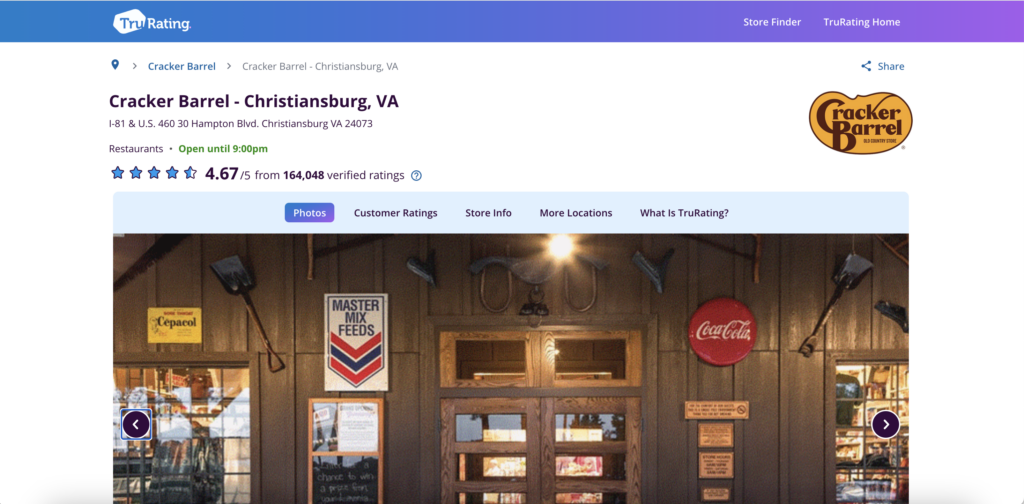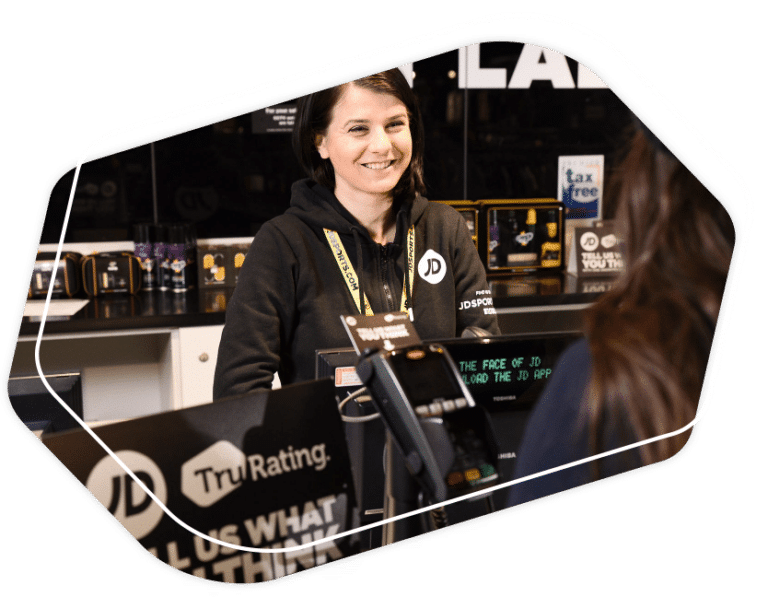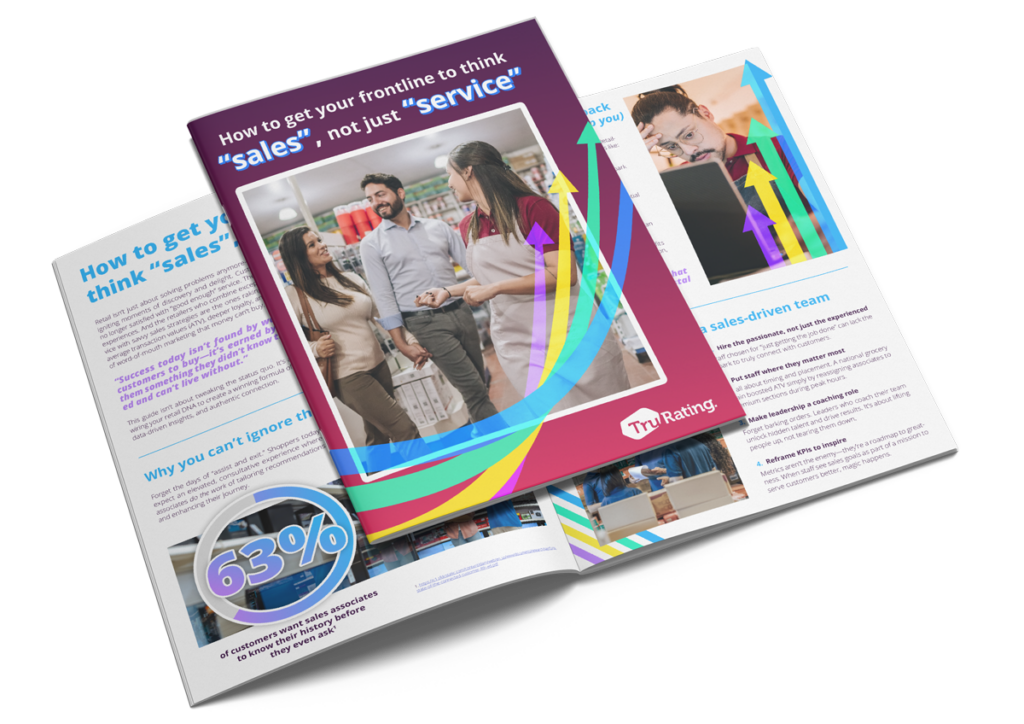Customer reviews are a critical part of the buyer journey, but as fake reviews flood the web, their integrity is under siege. From inflated ratings to fraudulent takedowns, fake reviews distort perception, skew performance metrics, and undermine the real customer experience.
The problem has grown so pervasive that the Federal Trade Commission recently finalized a new rule banning fake reviews and testimonials, empowering the agency to seek civil penalties against violators. “Fake reviews not only waste people’s time and money but also pollute the marketplace and divert business away from honest competitors,” said FTC Chair Lina Khan. The new rule directly targets AI-generated content, insider manipulation, and deceptive incentives, finally giving regulators the teeth to address what marketers have long known, that fraudulent reviews erode consumer trust and distort competition.
“Fake reviews not only waste people’s time and money, but also pollute the marketplace and divert business away from honest competitors. By strengthening the FTC’s toolkit to fight deceptive advertising, the final rule will protect Americans from getting cheated, put businesses that unlawfully game the system on notice, and promote markets that are fair, honest, and competitive.”
Lina M. Khan, FTC Chair
While the legislation is a step in the right direction, it’s not enough. The fake review ecosystem is vast, fast-moving, and increasingly sophisticated. Even with stronger enforcement, AI-generated fakes, paid review manipulation, and platform abuse aren’t going away anytime soon.
That’s why retail marketers need to act now. You can’t wait for regulation to catch up, you need a proactive strategy that builds real social proof, reinforces review authenticity, and highlights verified customer experiences in a credible, scalable way.
Understanding the scope of fake reviews (and how to counter them effectively), has become essential for any brand serious about trust, performance, and long-term growth.
What are fake reviews?
Fake reviews are deliberately misleading ratings or testimonials that misrepresent the truth about a business or product. They can come from sellers, third-party agencies, bots, or competitors, making them increasingly difficult to detect.
These reviews often fall under online review fraud, with tactics including fake Amazon reviews, Yelp fake reviews, and Google review manipulation. Whether planted to boost visibility or sabotage rivals, fake reviews pollute the ecosystem of consumer feedback, putting pressure on brands that rely on honest, authentic customer feedback to differentiate.
What percent of online reviews are fake?
Quantifying the scale of fake reviews is difficult, but the available data paints a clear picture. According to a landmark 2021 study by Uberall and The Transparency Company, which analyzed four million reviews across Google, Yelp, Facebook, and Tripadvisor, Google had the highest average percentage of fake reviews at 10.7%, followed by Yelp (7.1%), Tripadvisor (5.2%), and Facebook (4.9%) across a range of local business categories.
The report also revealed that 67% of U.S. consumers were concerned about fake reviews, with most saying they struggle to spot inauthentic content. And that was before generative AI entered the mainstream.
Since the study was completed in 2021, the sophistication and accessibility of AI-generated content have grown dramatically, making the problem harder to detect and likely even more widespread today. As platforms race to adopt AI review detection and automated review moderation, many businesses are left exposed to fraud that’s faster and more scalable than ever before.
What good are reviews if most are fake?
It’s a fair question. If review data is compromised, how useful can it really be? The answer lies in review authenticity. Consumers still seek peer validation. Reviews are still the most powerful form of social proof, but only when they’re trusted. What shoppers (and marketers) need is a system that prioritizes verified purchase reviews and filters out the rest.
Why do people make fake reviews?
The motivations are clear and strategic. Fake reviews can:
- Artificially inflate a product’s popularity
- Improve local SEO rankings
- Damage a competitor’s reputation
- Influence customer behavior at scale
This type of deceptive advertising practice may be unethical, but it’s effective, which is why fake testimonials and astroturfing marketing tactics persist.
Whether orchestrated by unscrupulous sellers or third-party agencies, these tactics are designed to mislead. And they’re doing real damage.
Why are there so many fake reviews?
Because current systems aren’t built to stop them. Many platforms lack robust automated review moderation or AI review detection. The review arms race is being won by those willing to exploit vulnerabilities in the system. Low-cost tools make it easy to flood listings with inauthentic feedback, while fake review filters struggle to keep up.
Combine that with the high commercial value of positive reviews and you get a perfect storm: millions of consumers being misled, and countless legitimate businesses being penalized unfairly.
How can fake reviews affect business?
Whether it’s a coordinated attack from a competitor, a flood of inauthentic ratings from bots, or disgruntled individuals misusing the system, fake reviews can have immediate and long-lasting consequences. They skew the public perception of your brand and create a distorted image that misrepresents the customer experience your team works hard to deliver.
Here’s how fake reviews hurt businesses that are playing by the rules:
Loss of consumer trust
Even a handful of suspicious or extreme reviews can cause potential customers to second-guess your credibility, especially if they drown out the genuine feedback from verified shoppers.
Decline in conversion rates
You may see fewer clicks, visits, and purchases when your ratings drop due to inauthentic negativity. Perception becomes reality in the eyes of prospective customers.
SEO and local search impact
Fake reviews can directly affect your visibility in local search rankings. A drop in ratings (or a sudden spike in volume) can trigger platform algorithms to throttle your exposure.
Team morale takes a hit
It’s demoralising for frontline staff who deliver great service day in and day out to see their work misrepresented by false narratives online.
Customer experience insights become corrupted
Fake reviews dilute the quality of your feedback loop, making it harder to distinguish actionable insights from noise. That’s a serious issue for brands that rely on data to drive improvements.
Reputation management becomes reactive
Instead of using feedback to tell a positive story, you’re left playing defense by flagging suspicious reviews, responding to false claims, and trying to reassure skeptical customers.
The worst part? Most fake reviews are difficult to remove quickly, if at all. Review platforms can be slow to respond, and the burden of proof is usually placed on the business. In the meantime, the damage is already done.
How to spot a fake review
There’s no silver bullet, but a few warning signs can help:
- Generic or overly enthusiastic language lacking specifics
- Review spikes during promotions or product launches
- Reviewer profiles with little or no history
- Reviews that don’t align with verified purchase behavior
Using systems that prioritize review authenticity such as direct point-of-sale data collection or verified transactions, is key. AI can assist, but without high-quality inputs, even the best models fail. Remember: AI is only as good as the data it’s built on.
How TruRating solves the fake review problem
The answer to fake reviews isn’t more moderation. It’s more truth. And TruRating Profile Pages deliver exactly that. Profile Pages transform real-time, verified feedback into powerful, public social proof, giving every store its own always-on, always-credible CX showcase. No fluff, no fraud, just feedback you can trust and act on.
Here’s what makes them different:
- Rating heatmaps: show when sentiment is highest and lowest throughout the week. Customers plan better visits. Brands show real transparency.
- Connected Store Finder: help customers discover more of your stores instantly, turning one positive experience into brand discovery across locations.
- Store highlights: spotlight what matters to your customers most (speed, service, value) and let your strengths shine.
- Real-time opening hours: synced with Google for accuracy. Eliminate confusion, enhance trust, and make every visit feel seamless.

Cracker Barrel, Christiansburg, VA, TruRating Profile Page
Why it matters to marketing leaders
This isn’t just a new review widget. It’s a transformation of how you showcase your brand’s credibility.
- More ratings = more trust: capture thousands of verified responses daily. Not just the loudest voices.
- Proof you’re listening: turn feedback into visible improvements and prove your brand is customer-obsessed.
- SEO superpower: Profile Pages live on a high-authority domain with backlinks to your site, boosting organic discovery for every location.
- Social proof that converts: shoppers who trust what they read buy more. It’s that simple.
Fake reviews are a strategic risk. But TruRating gives retail brands a way to fight back, not with filters, but with facts. Real, verified, actionable feedback displayed publicly gives your team the credibility and confidence to win customer trust at scale.
Looking to make your customer experience your most trusted marketing asset? Book a demo today or learn more about our customer feedback platform.












